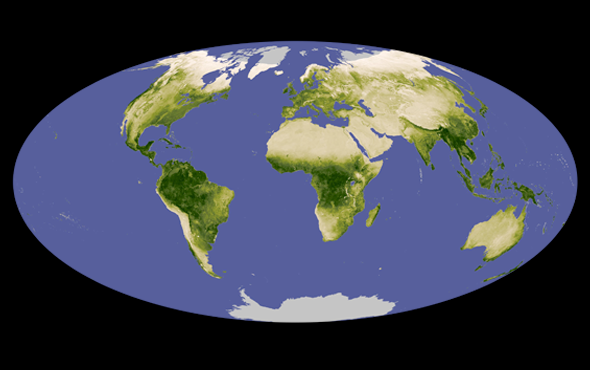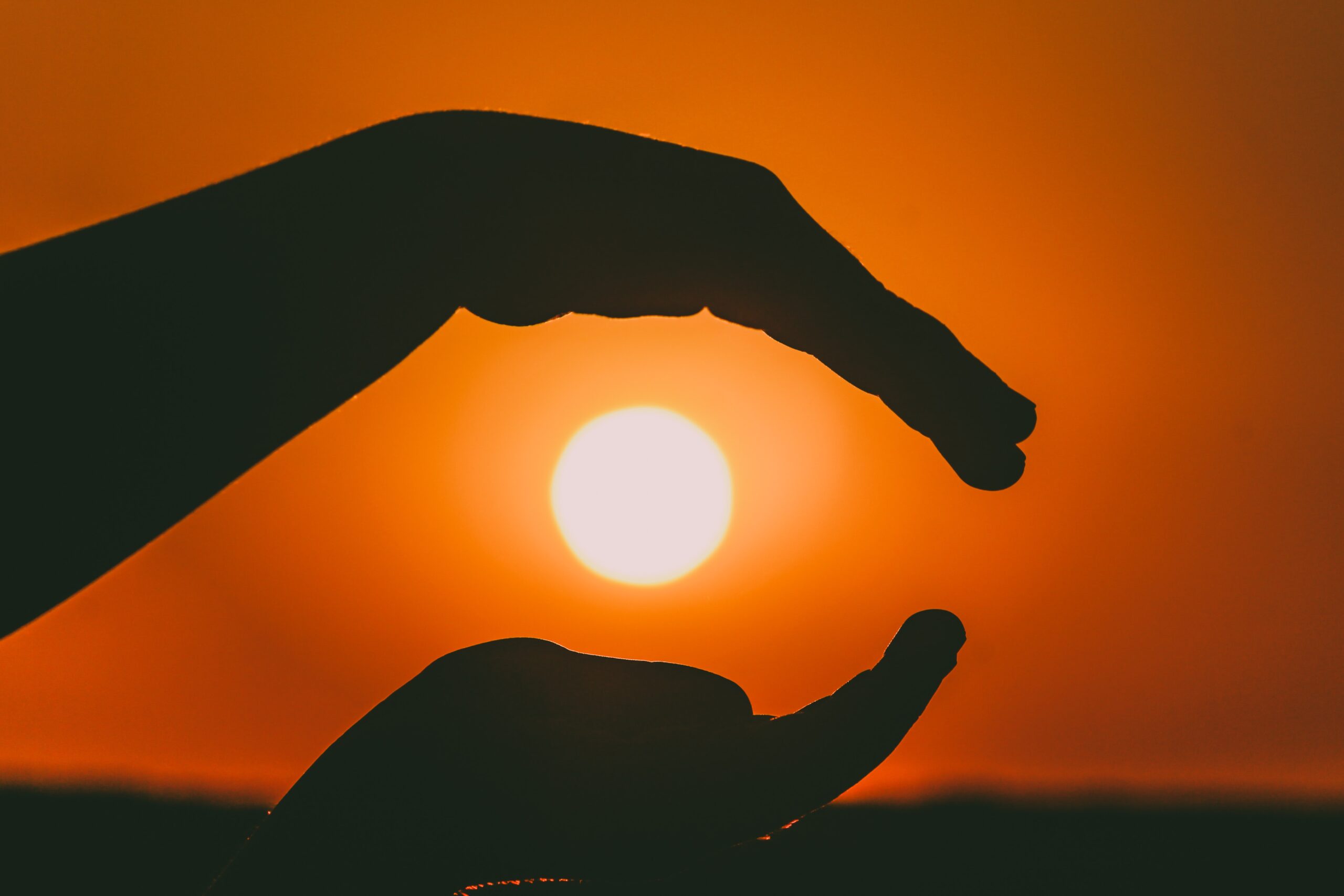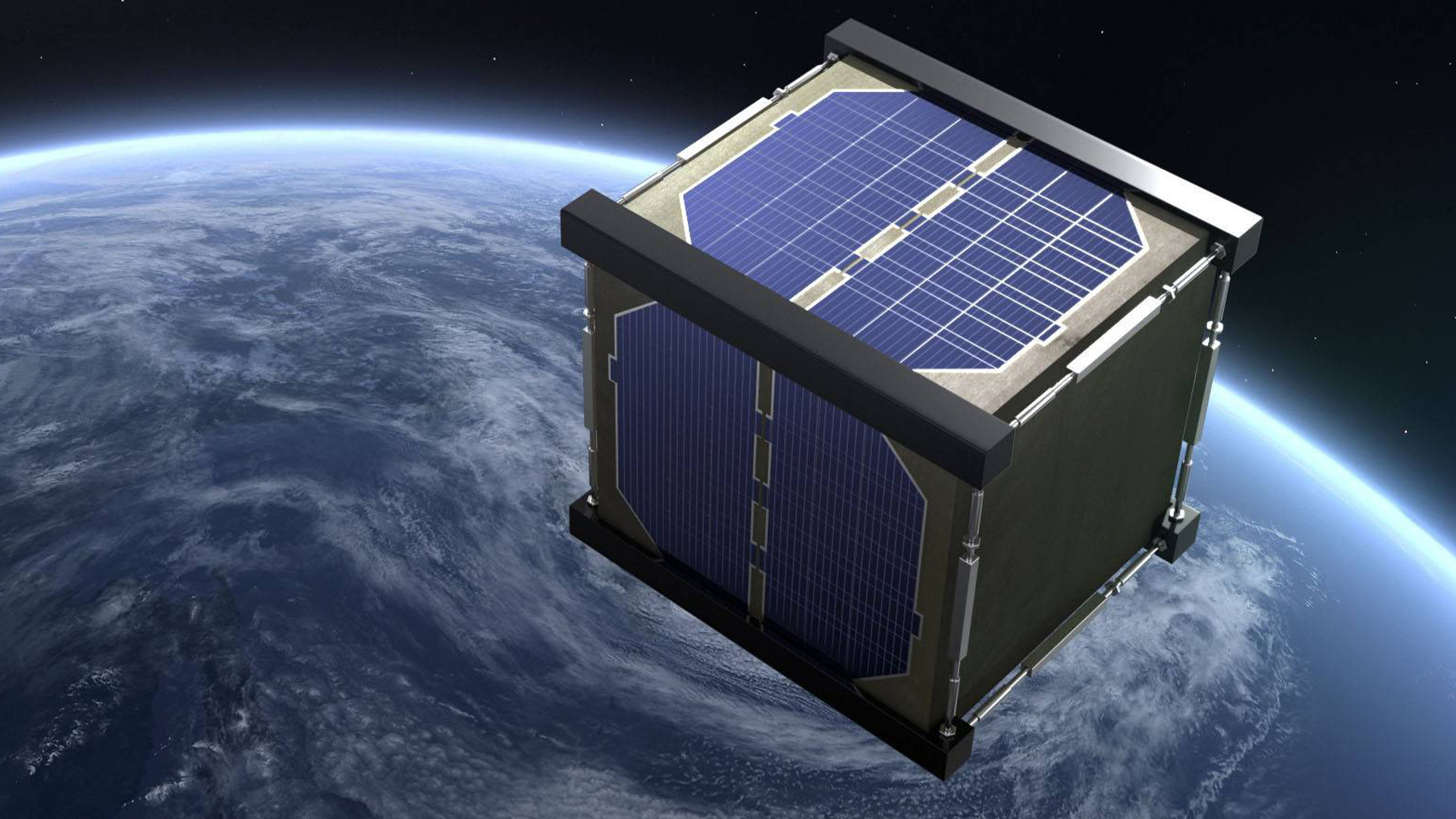Life
The last accepted sighting of the South Island kōkako was in 1967, and it was declared extinct in 2007 – but a potential sighting that same year led to its reclassification, and a charitable trust set up to find it has been searching for the bird ever since

A 19th century illustration of the South Island kōkako
Public Domain
The following is an extract from our nature newsletter Wild Wild Life.Sign up to receive it for freein your inbox every month.
Over the past few months, I’ve had the pleasure of diving deep into theSearch For Lost Birdsan initiative that’s steering the world’s army of birdwatchers, conservationists and researchers towards finding 10 of the most enigmatic and important bird species lost to science. There have already been some successes – including the extraordinary rediscoveries …
Note: This article have been indexed to our site. We do not claim legitimacy, ownership or copyright of any of the content above. To see the article at original source Click Here













:max_bytes(150000):strip_icc()/Untitled-6bfecf9070d945778b9793fdd1989816.jpeg)